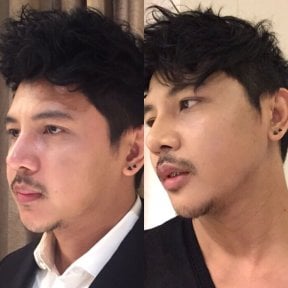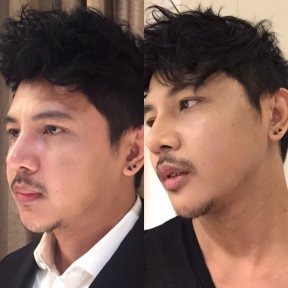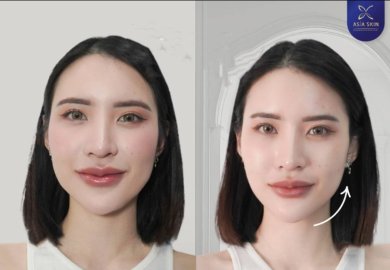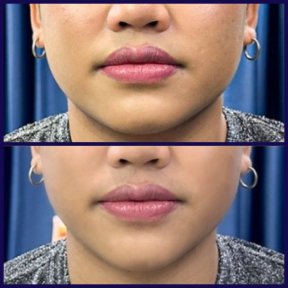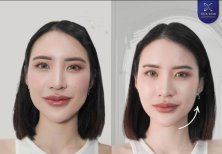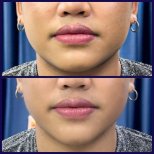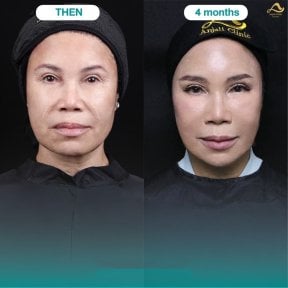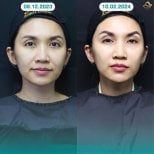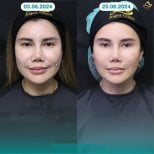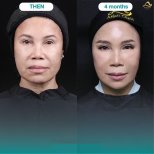The cost of a nonsurgical facelift in Thailand generally ranges from $600 / ฿20,400 to $1,700 / ฿57,800. Pricing varies depending on the technique used (such as thread lifts, HIFU, or injectables), the clinic’s reputation, and the number of treatment areas. In the United States, the average cost is _price_compare_us_average_ (per ASAPS). This means a nonsurgical facelift in Thailand is about _price_percent_discount_% less than in the U.S.
Thai clinics typically include a doctor’s consultation, anesthesia or topical numbing, the procedure itself (using certified materials), and a follow-up visit. In the U.S., consultation fees, anesthesia, and follow-ups are often billed separately. Always confirm exactly what’s covered with your chosen clinic.






